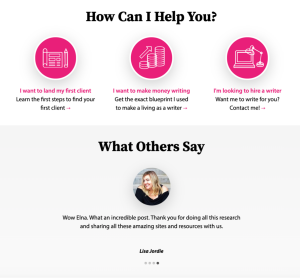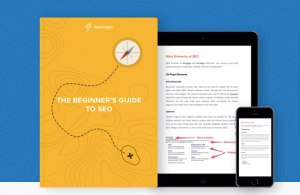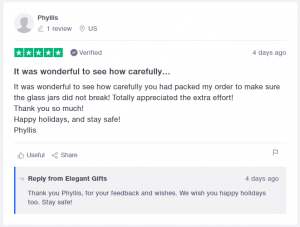As individuals, many of us prefer to focus our energy on one task at a time. It’s a good impulse: Given all of the distractions we face, accomplishing one to-do at a time makes it easier to ensure we actually finish what we start.
In the nonprofit world, however, the same impulse can create problems. Individual departments, especially in large organizations, often operate as silos – staying exclusively focused on executing their particular set of responsibilities. Without an integrated approach to their operations as a whole, nonprofits can easily (and unintentionally) rack up higher costs than necessary.
One example of the issue: The disparity between organizations’ fundraising and goods procurement efforts. Development departments invest heavily in marketing, advertising, and donor engagement tactics to meet their annual fundraising goals – often with the assistance of volunteers or seasonal staff members (especially for year-end fund drives). But once the development team’s job is done, their hard-won donor funds may not be spent in the most tactical or impactful ways possible.
Public charities reported $ 1.74 trillion in total revenues and $ 1.63 trillion in total expenses in the last year for which data is available. With used-good donations on the decline across the philanthropic ecosystem, much of nonprofits’ expenses go toward the purchase and delivery of products such as furniture, clothes, cleaning supplies, and hygiene products for the needy they serve.
The acquisition and delivery of goods is just as important to nonprofits as fundraising – which is why it absorbs just as much (or more) time and human resources from their team. But according to findings from a survey by 121Giving, more than half (54%) of nonprofits do not ask retailers for discounts on products. Among those who do ask, 25% receive discounts of 15% or less.
How much further could $ 1.74 trillion go if 100% of nonprofits received every discount they deserve? How many more people could that revenue help if it wasn’t being spent on flat-rate pricing, let alone shipping? How much more staff and volunteer time could be spent in direct service to causes instead of on packing and disseminating goods?
The answers to those questions are hard to quantify due to the limited amount of data available on nonprofit spending overall, but that’s partly what makes those questions worth asking. Data-driven assessments of nonprofits’ impact on causes may be on the rise (thanks to larger trends like impact investing and the “return on mission” movement), but the philanthropic sector has yet to fully embrace the value of data for conducting cost-benefit analyses inside their own organizations.
Long-term, however, it’s important for nonprofits to embrace tools and technologies that not only lower their costs, but also make it easier to acquire the data necessary to increase operational efficiency. By injecting technological processes into both fundraising and goods procurement, nonprofits can eliminate departmental siloes and drive stronger impact in the causes they serve.
For example, many nonprofits have already embraced online fundraising (aka “crowdfunding”) as a tool to engage donors through digital channels and lower the cost of meeting their funding goals. Yet once those goals are met, the goods-procurement and sticker-price pain points remain. To drive long-term change, nonprofits should take crowdfunding a step further by using it to lessen their operational burdens and foster stronger collaboration among donors and partners.
One emerging tool for lowering overhead is the digital “wishlist”: Nonprofits use crowdfunding to request the exact goods they need to serve their causes, then give donors the ability to apply their donations directly to the purchase of those items – eliminating any uncertainty over how their gifts will help the cause. When brand partners are brought into the cycle, nonprofits receive the additional benefit of pre-reduced pricing, bulk product rates, and lower costs on shipping and freight.
Ultimately, driving a stronger return on mission requires lowering the costs associated with the mission itself. As donors’ expectations of accountability increase, it’s up to nonprofits to think more like businesses by focusing their energy on the right efforts, taking a more holistic look at their costs, and finding partners that help them contribute toward a more impactful future of philanthropy.
Business & Finance Articles on Business 2 Community(15)







